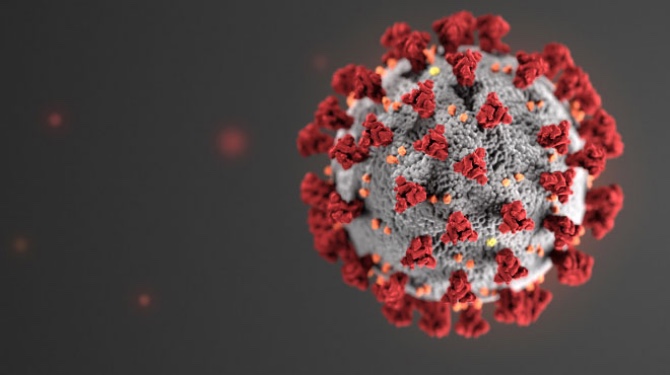Data shows social distancing most effective measure again Covid-19
The Covid-19 outbreak has caused billions of people around the world to quarantine in their homes and only leave for necessities. Social distancing, which began about two and a half months ago, has closed many businesses, causing many layoffs. Many workers have to work from home, with the exception of essential workers. Some grocery stores and businesses are still open, with some even offering earlier hours for senior customers. Restaurants and other businesses which rely on visitors going to their establishments have either closed, transitioned to an online business or only open for takeout. Social distancing clearly has its cons. The economy is collapsing due to the lack of business.
Social distancing, also known as “physical distancing,” means avoiding big crowds of people or people on the street. Usually you stay six feet apart to limit the spread of a highly contagious virus. This is the main reason why many social events like summer camps and music festivals are being cancelled as it is difficult to social distance in a space with many people. Going out for a walk with a face mask (homemade or bought) and keeping your distance from others on the street is an example of social distancing. Social distancing is helping by stopping the spread of Covid-19. It is recommended by the Centers for Disease Control and Prevention as well. Social distancing, although tedious, is essential during this pandemic. Almost one-third of all cases of the infection in the world are in the U.S.
Coronavirus can easily be spread through respiratory droplets produced by an individual with Covid-19, in their coughs and sneezes. This can easily be prevented using social distancing, when walking six feet apart from other people. I personally wear a surgical mask when going out to stay cautious just in case and still social distance from people.
“Under normal conditions an individual with Covid-19 can infect 2.5 people in five days,” according to a study done by Dr. Robert A.J. Signer of the Signer Laboratory. “In just 30 days, the number of people infected with Covid-19 spikes up to 406 people. With 50% less exposure, an individual with Covid-19 infects 1.25 people in five days, and in 30 days, 15 people are infected. Seventy-five percent less exposure gives the ideal results, with an individual with Covid-19 only spreading to .625 people in five days, and in 30 days, 2.5 people are infected.”
According to another study, “When school closes, the illness attack rate drops to about 60%, almost half of the original attack rate. When 90% of symptomatic individuals isolate inside their home, the attack rate drops to 50%, half of the original attack rate. When both are combined (school closures and 90% case isolation) the attack rate is much lower, 30%.”
Social distancing hasn’t only been used for Covid-19. Over a century ago, social distancing was used to flatten the curve for the 1918 flu, also known as the Spanish Flu. According to National Geographic, “In 1918, the studies found the key to flattening the curve was social distancing. And that likely remains true a century later, in the current battle against coronavirus.”
CDC’s policy review has gathered evidence on the six most effective steps to prevent the Covid-19 virus from spreading in communities:
- isolating ill people
- tracing contacts
- quarantine of exposed people
- school dismissals or closures
- changes in the workplace
- avoiding crowds and restricting movement
You should use Covid-19 prevention steps:
- STAY home as much as you can
- KEEP a safe distance
- WASH hands often
- COVER your cough
- SICK? Call ahead
Contact your doctor right away if you have symptoms of Covid-19, which can include but aren’t limited to cough, shortness of breath or difficulty breathing, fever, chills, muscle pain, sore throat new loss of taste or smell.
Gillian Ho is a senior at the Horace Mann School. She has been a Pelham resident since 2016 and has written for the Pelham Examiner since its start in...








